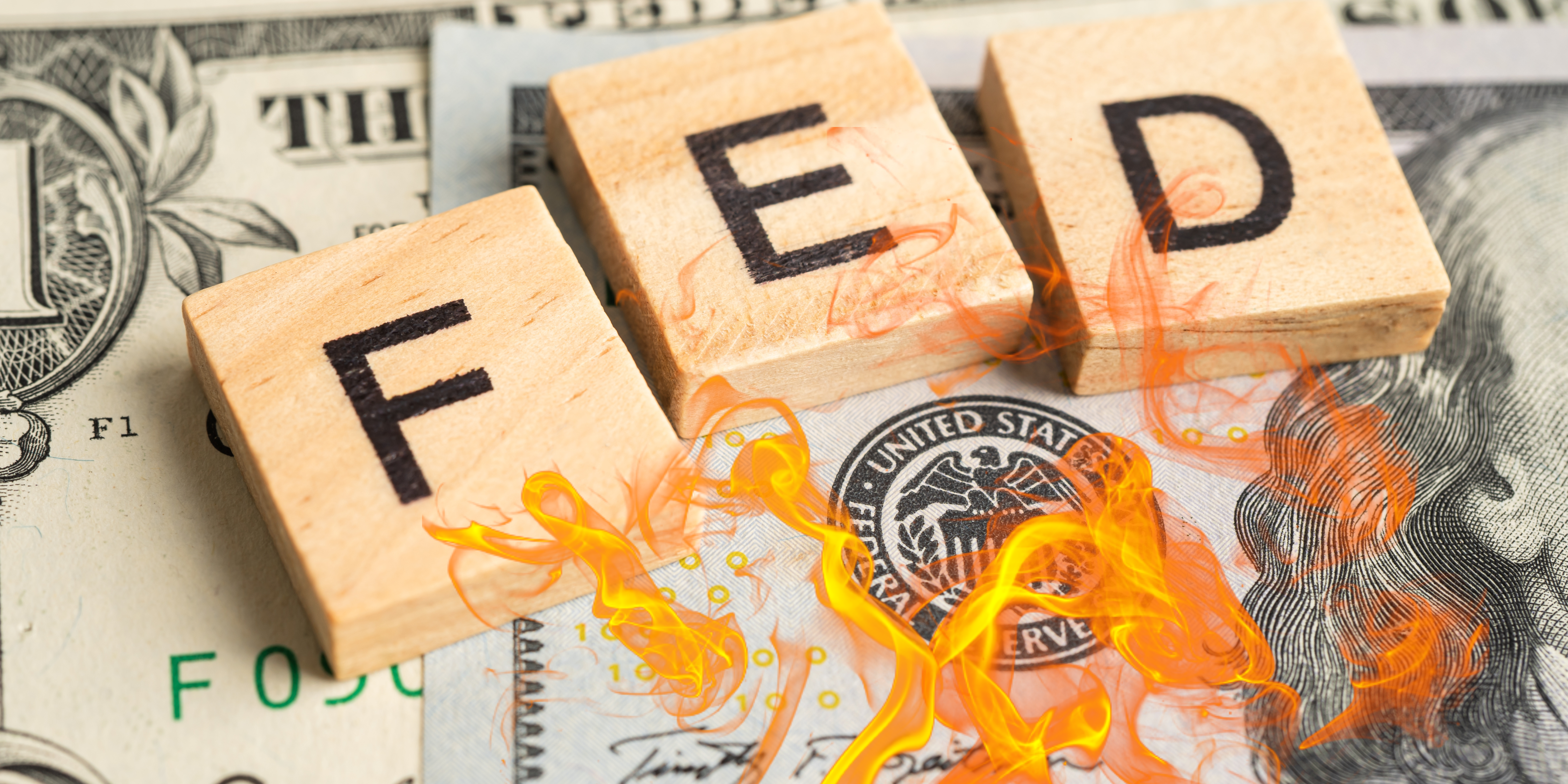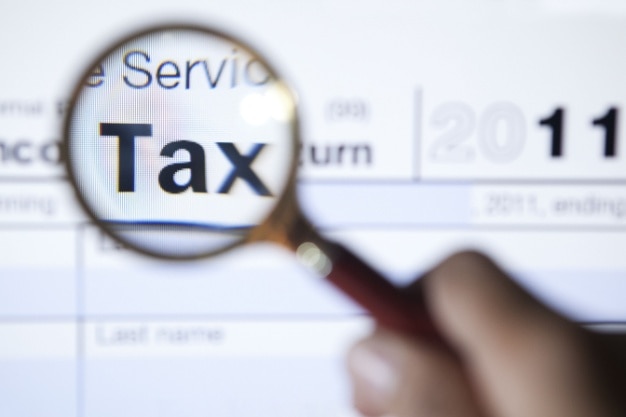The Great Monetary Pivot of 2024: A Looming Catastrophe for Your Retirement and Investments
July 10, 2024

Since the 2008 financial crisis, the Federal Reserve (Fed) has embarked on a tumultuous journey with interest rates, taking extreme measures to stabilize the economy. Initially, rates were slashed to near-zero and held there for years. This ultra-low rate environment persisted until late 2015 when the Fed began a cycle of rate hikes, only to halt again amid the repo market turmoil in late 2019.
The Covid-19 pandemic in early 2020 saw the Fed once again slash interest rates to nearly 0%. However, inflation soon exploded to 40-year highs by 2022, forcing the Fed into one of the steepest rate-hiking cycles in history. Over just 18 months, rates soared from near-zero to over 5%.
This aggressive monetary policy has severe implications for the average American. The soaring interest expense on the federal debt is set to become the largest item in the budget. Given this context, it is unlikely that the Fed will raise interest rates much further. The last time the Fed faced such high inflation, in the early 1980s, they raised rates above 17%. However, the debt-to-GDP ratio was only around 30% back then. Today, it exceeds 120% and continues to rise, making such drastic rate hikes unfeasible without risking the bankruptcy of the US government.
This higher debt load and associated interest expenses mean that the Fed’s “Volcker option” is off the table; a significant increase in rates could potentially bankrupt the US government. Consequently, the Fed paused rate hikes about a year ago and has recently signaled a pivot back towards easing.
This shift indicates that the Fed may have given up on its goal of controlling inflation, even though the year-over-year change in the Consumer Price Index (CPI) remains around 3.3%, significantly higher than the Fed’s 2% target. This failure to control inflation, even with their own adjusted metrics, is a massive failure.
The market has responded notably to these changes, particularly in the gold market. Historically, gold prices have been negatively correlated with real interest rates—rising when real interest rates fall and vice versa. However, this relationship broke down in 2022. Despite rising real interest rates, gold prices surged to new all-time highs, signaling a lack of confidence in the Fed’s ability to control inflation.
This phenomenon echoes the 1970s when investors flocked to gold as inflation spiraled out of control. The current situation suggests a similar sentiment among investors today: skepticism about the Fed’s capacity to manage inflation without further debasing the currency.
As the Fed prepares to pivot back to easing, potentially introducing a new round of Quantitative Easing (QE), the implications are enormous. QE, a euphemism for currency debasement, is likely to return in a form even larger than previous programs. During the Covid-19 pandemic, the Fed created $120 billion out of thin air each month, significantly more than previous rounds of QE. The next round could be even more substantial.
Why should this matter to you? Because if the Fed continues down this path, your retirement fund and investments could be at serious risk. The value of the dollar could plummet, leading to skyrocketing inflation and eroding the purchasing power of your savings. The volatility in financial markets could decimate life savings and retirement assets. This isn’t just a typical stock market crash or currency crisis; it’s something much more significant, potentially altering the fabric of society forever.
If gold prices are already hitting record highs amid rising real rates, the potential for even higher prices looms large as the Fed shifts back to easing. This could be the last rate hike cycle before the onset of “QE Infinity,” which would likely presage the collapse of the dollar. Ludwig von Mises, the godfather of free-market Austrian economics, described this scenario as the “final and total catastrophe of the currency system involved.”
The economic situation we face today is unprecedented, with the potential for severe financial instability and significant societal change. Most people are unprepared for the possible collapse of the currency system, which could lead to incredible volatility in financial markets, decimating life savings and retirement assets. This is not just a typical stock market crash or currency crisis but something much more significant, potentially altering the fabric of society forever.
The Great Monetary Pivot of 2024 could be the beginning of an economic crisis unlike any we have seen before. As the Fed navigates these turbulent waters, the decisions made now will shape the financial landscape for years to come. Prepare yourself, because this looming catastrophe could impact every aspect of your financial future.
Source: https://www.zerohedge.com/markets/great-monetary-pivot-2024












